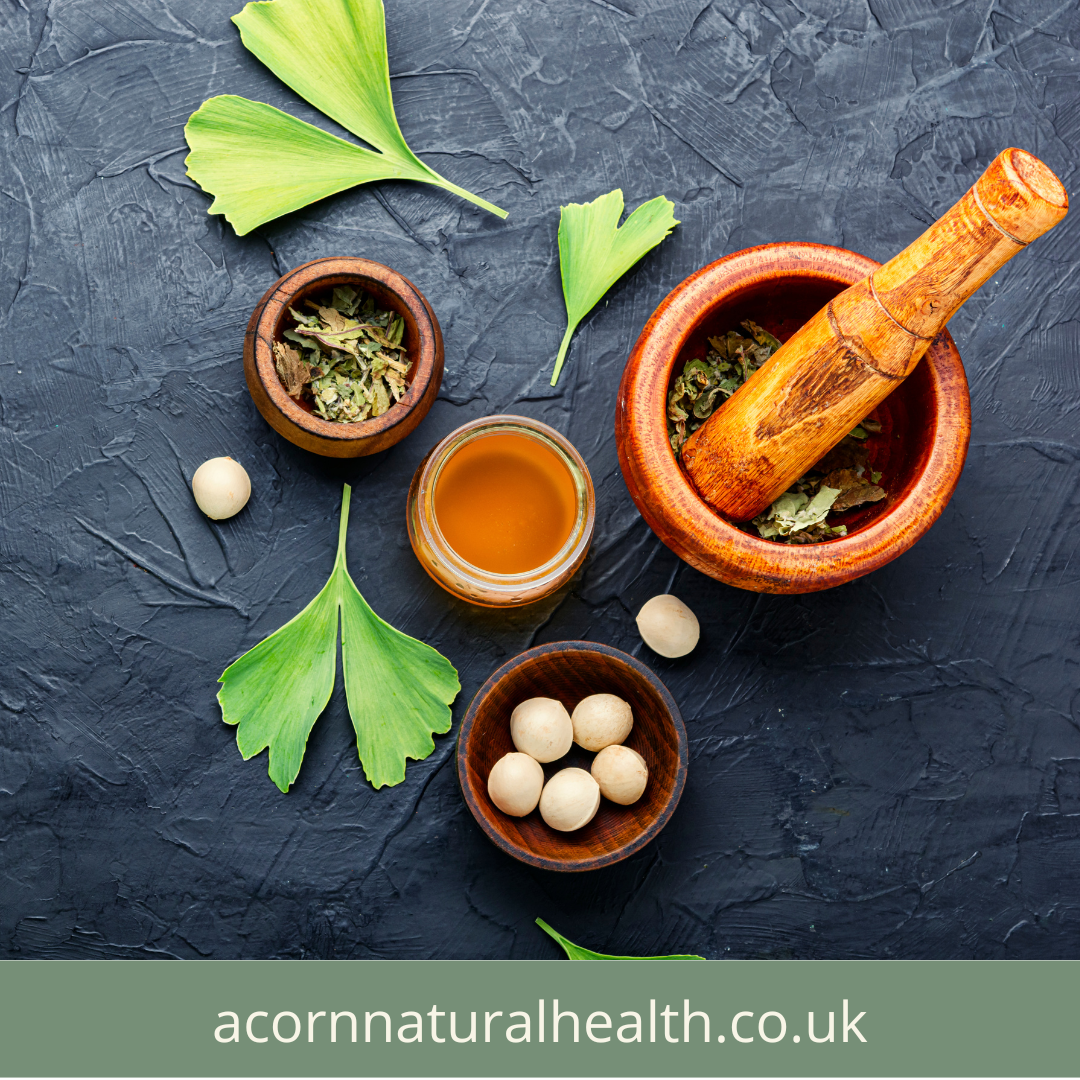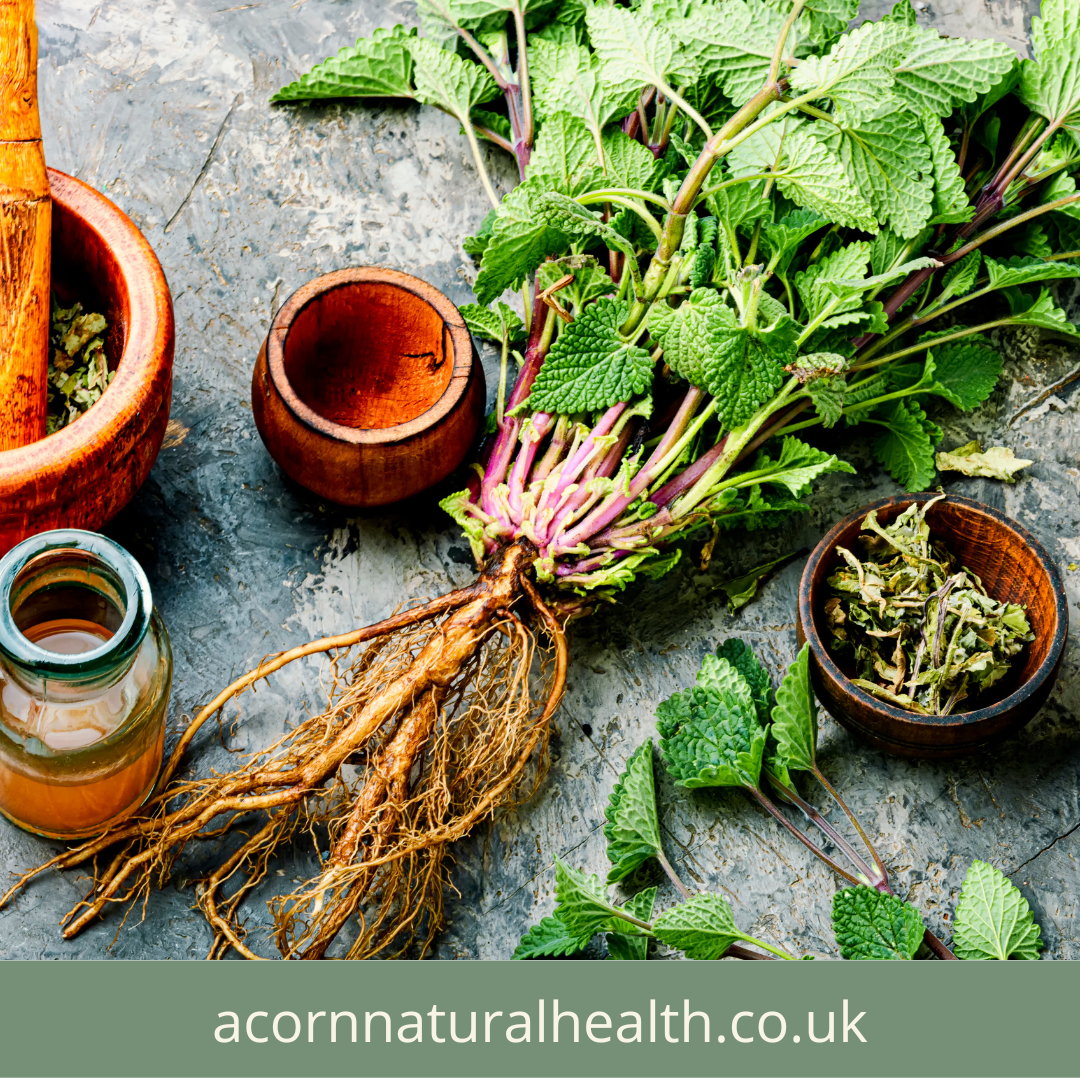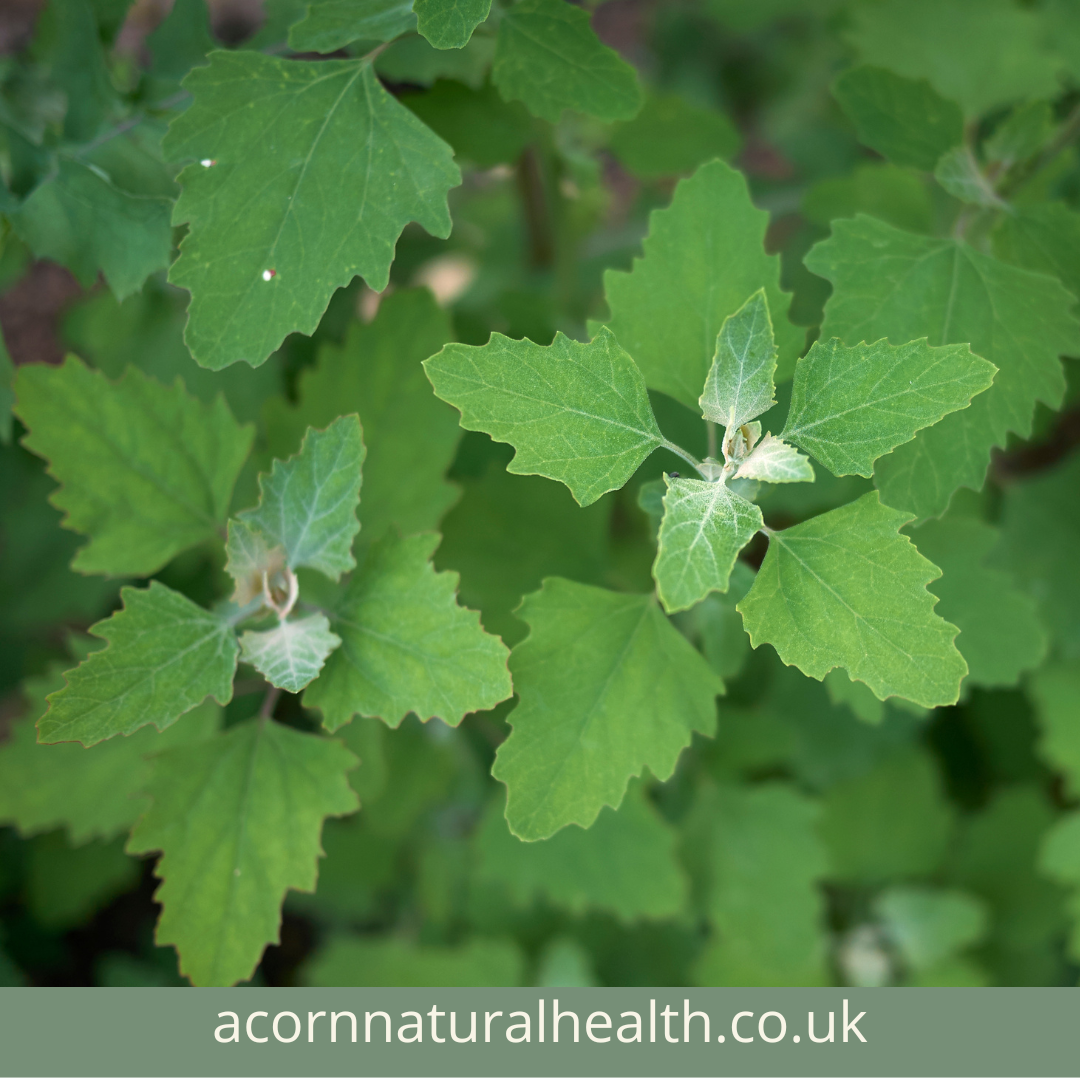In our busy lives, it’s easy to push personal well-being to the bottom of our to-do lists. We often get caught up in work, family, and everyday responsibilities, leaving little time to check in with ourselves. But taking time for self-nurturing is essential—it’s not just about pampering yourself; it’s about caring for your mind, body, and spirit. Let’s dive into why prioritizing your well-being is important, its benefits, and some easy ways to start incorporating it into your routine.
Why Taking Time for Yourself Matters
1. Reduces Stress and Anxiety
Life can get overwhelming, and constant stress can really wear us down. Engaging in self-nurturing activities is a great way to take a break from the chaos and recharge. When you prioritize your well-being, you’ll find it easier to tackle challenges and bounce back from tough situations.
2. Boosts Physical Health
Taking care of yourself isn’t just about mental wellness; it’s also about nurturing your body. Regular practices—like staying active, eating well, and getting enough sleep—can boost your energy levels and strengthen your immune system. When you feel good physically, it reflects positively on your mental state, too.
3. Enhances Emotional Resilience
Taking time for yourself helps you develop emotional strength. By listening to your needs and feelings, you become more self-aware, which allows you to handle tough emotions more effectively. This emotional resilience helps you navigate life’s ups and downs with greater ease.
4. Improves Relationships
When you invest time in your own well-being, you become more present and engaged in your relationships. Feeling good about yourself helps you connect better with others. Plus, showing yourself kindness sets a positive example for those around you, encouraging them to prioritize their own health.
How to Start a Personal Well-Being Routine
1. Identify Your Needs
Start by reflecting on what areas of your life need attention. Are you feeling stressed? Tired? Overwhelmed? Recognizing your needs will help you choose activities that resonate with you.
2. Create a Self-Nurturing Plan
Once you know what you need, create a simple plan. Schedule time for activities you enjoy—like reading, meditating, exercising, or simply spending time outdoors. Treat these activities as essential appointments you can’t skip.
3. Start Small
You don’t have to make drastic changes all at once. Start with small, manageable steps. For example, set aside just 10 minutes a day for your well-being. As you get comfortable, you can gradually increase the time you dedicate to yourself.
4. Experiment with Activities
Try different activities to see what resonates with you. Here are a few ideas to get you started:
- Journaling: Write down your thoughts and feelings to clear your mind and gain perspective.
- Mindful Breathing: Practice deep breathing exercises to promote relaxation and reduce stress.
- Nature Walks: Spend time outdoors to rejuvenate your spirit and connect with nature.
- Creative Outlets: Engage in hobbies like painting, gardening, or crafting to express yourself.
- Digital Detox: Take breaks from screens to reconnect with yourself and the world around you.
5. Be Consistent
Consistency is key when it comes to nurturing yourself. Set reminders for yourself to engage in these activities regularly, and treat this time as non-negotiable.
Benefits of Personal Well-Being Practices
1. Improved Mental Clarity
Taking time for yourself allows your mind to recharge, leading to better focus and creativity. When you step back and give yourself a break, you’ll find it easier to think clearly and solve problems.
2. Increased Energy Levels
Engaging in activities you enjoy can significantly boost your energy levels. This renewed energy can help you tackle daily tasks with enthusiasm and motivation.
3. Enhanced Mood
Self-care practices release the feel-good hormones like endorphins and serotonin, which can improve your mood and overall happiness. When you take care of yourself, you cultivate a positive outlook on life.
4. Better Sleep
Establishing a routine focused on your well-being can lead to better sleep patterns. Activities like reading or meditating before bed signal to your body that it’s time to unwind, resulting in more restful nights.
5. Stronger Self-Confidence
When you prioritize your health, you build self-esteem and confidence. Investing time in yourself sends a message that you are worthy of love and care.
Incorporating well-being practices into your life is not just a luxury; it’s a necessity. By nurturing your mind, body, and spirit, you can enhance your overall well-being and live a more fulfilling life. Remember, this journey is about exploring what works best for you—be patient with yourself along the way. Start small, stay consistent, and watch how prioritizing your personal well-being can transform your life for the better. You deserve it!





